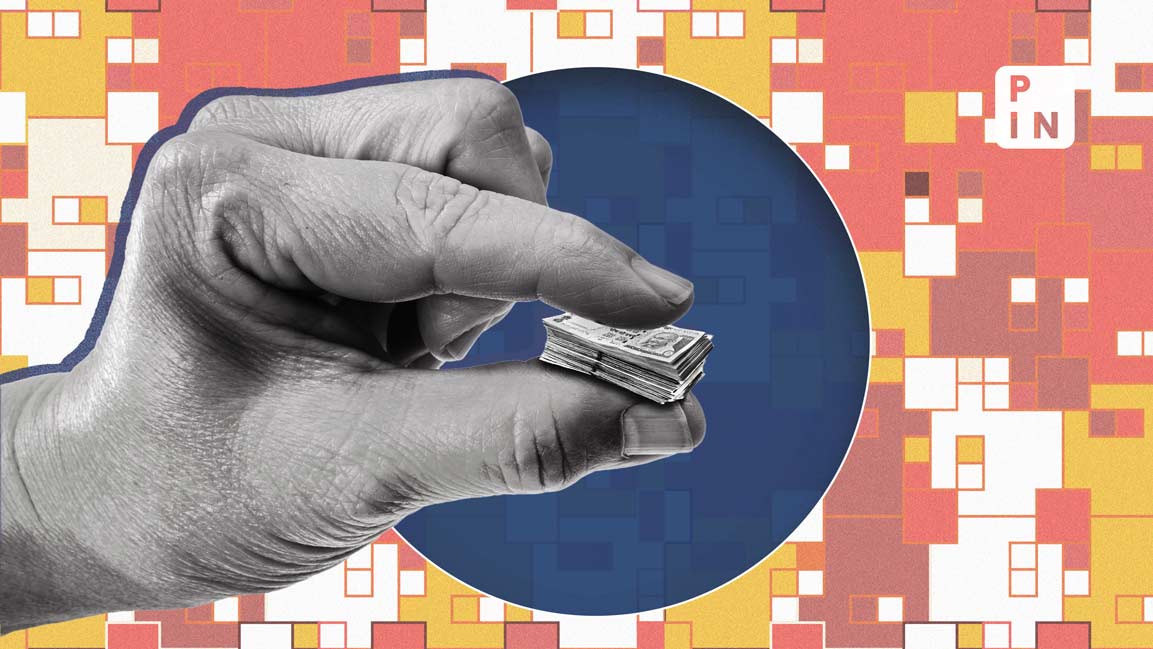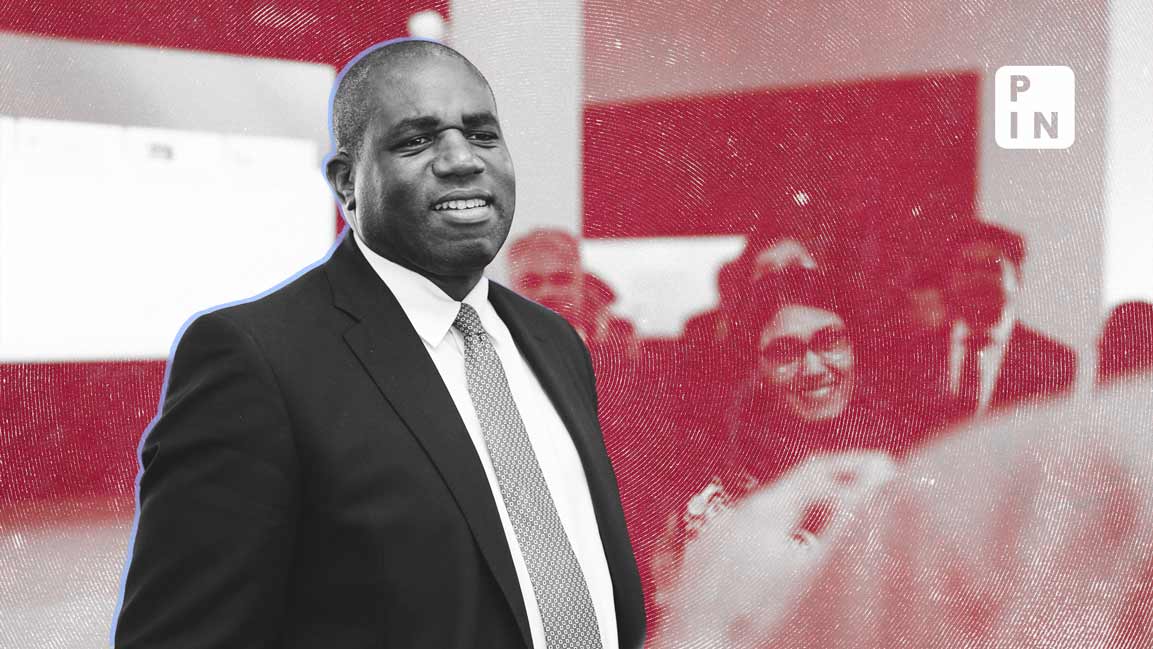- | 3:00 pm
India sees inflation, erratic financial flows as key risks
Easing US interest rate expectations, declining oil prices bode well, finance ministry says in report

Inflation, fluctuating external financial flows, and the gradual transmission of monetary policy are the primary risks facing India’s economy, the finance ministry said in its monthly economic report.
The easing of US interest rate expectations and declining oil prices bode well for emerging markets like India, but overvalued US stocks remain a looming risk for the global equities markets, the ministry said in the report.
“On balance, however, India’s growth in FY24 will continue to be a positive outlier as compared to other major economies. In the medium term, thanks to the sustained focus on public investment in infrastructure and advances in digital public infrastructure, India can look ahead to the prospect of a longer economic and financial cycle than in the past, subject to global factors,” the report said.
The ministry noted that the recent steep and rapid decline in global crude oil prices removes an important source of potential impact on public finances, while acknowledging that inflationary pressures have moderated.
Moderating inflation
In October, Consumer Price Inflation fell, primarily due to a decrease in core (non-food, non-fuel) inflation, the report said, adding that the Wholesale Price Index trend also indicates a reduction in the cost of key production inputs within the economy.
The government is on track to achieve the budgeted deficit target for the current fiscal year as well. Continued buoyancy in revenue collections supported by prudent expenditure management has enabled the fiscal deficit to be contained within 40% of the Budget Estimate during the first half of the year, it added.
Last month, merchandise exports reached an 11-month high, exceeding expectations, the report said, adding that services exports also remained robust.
“Foreign portfolio investors (FPIs), which were net sellers in October, have turned net buyers in the first half of November. Stability in the rupee and adequacy in forex reserves further support India’s improving performance in the external sector,” it added.
Steady growth in food buffers
The supply-side economy has been living up to its promise so far this fiscal with the agricultural sector being a case in point, the ministry said. The swift procurement of wheat and rice has led to a steady growth in food buffers. This, in turn, has kept the rural demand buoyant throughout the second quarter, aided by stable incomes from foodgrain production and relatively moderate inflation.
On the manufacturing side, a rise in production coupled with an expansion in sales is fueling growth. The services sector is not far behind as it is seeing growth driven by favorable demand conditions. This is further boosted by a significant influx of new businesses. The ministry said that despite the challenges of rising input costs, the overall sentiment in the services sector remains positive, partly due to a resurgence in the tourism and hotel industry, spurred by an increase in both leisure and business travel.
On the demand side of the equation, private final consumption expenditure (PFCE) has taken the lead as the primary driver of India’s economic growth in FY24, the ministry said. The festive season has added to this momentum, strengthening consumption demand. The underlying strength of this demand comes from a combination of factors including accumulated savings, a decline in unemployment rates, a wealth effect from rising real estate prices, and the growing capitalization of equity markets.
This robust consumption pattern is also reflecting in the robust pickup in digital payments. In October, Unified Payments Interface (UPI) transactions reached a new milestone, crossing the 11 billion mark. Moreover, a substantial increase in electronic toll collection volumes hints at a significant behavioral shift towards a more cashless economy, weaving a digital thread through the fabric of India’s economic narrative, the report added.













